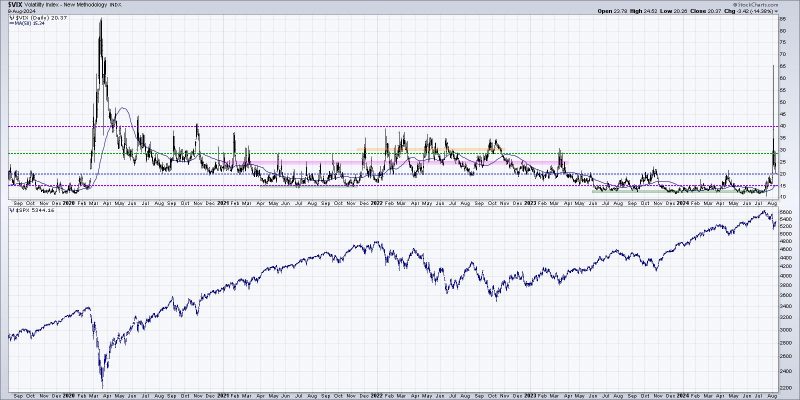Market Sentiment Indicators That Can Help You Navigate Bearish Phases
1. Moving Average Convergence Divergence (MACD)
The Moving Average Convergence Divergence, commonly known as MACD, is a powerful technical indicator used by traders to identify momentum shifts in a stock or market. In a bearish phase, the MACD can be a valuable tool for confirming the weakening trend.
MACD consists of two lines – the MACD line and the signal line. When the MACD line crosses below the signal line, it indicates a bearish signal. Additionally, if both lines are below the zero line, it further confirms a bearish phase in the market. Traders often look for these crossovers and positions to make informed trading decisions during a downtrend.
2. Relative Strength Index (RSI)
Another popular indicator to gauge market sentiment is the Relative Strength Index (RSI). RSI measures the speed and change of price movements and helps traders determine whether a stock is overbought or oversold. During a bearish phase, RSI can signal potential reversals or further downward movement.
Typically, an RSI value above 70 suggests overbought conditions, indicating a possible reversal to the downside. Conversely, an RSI below 30 signifies oversold conditions, implying a potential bounce-back or correction. Traders can use RSI in conjunction with other tools to confirm bearish sentiment and make informed trading decisions.
3. Volume Analysis
Volume analysis is crucial in understanding market sentiment during bearish phases. High trading volumes often accompany significant price movements and can indicate the strength of a trend. In a bearish market, increasing selling volume can confirm the downtrend and signal further downside potential.
By analyzing volume spikes during price declines, traders can validate the bearish sentiment and anticipate future market movements. Sudden surges in volume can be a precursor to market reversals or continued bearish momentum. Combining volume analysis with other indicators can provide a comprehensive view of market sentiment and guide trading strategies in bearish phases.
In conclusion, navigating bearish phases in the market requires a thorough understanding of market sentiment indicators. Utilizing tools like MACD, RSI, and volume analysis can help traders identify and confirm bearish trends, making informed decisions to manage risk and capitalize on opportunities. By staying vigilant and employing a combination of technical analysis tools, traders can navigate volatile market conditions and enhance their trading performance.
